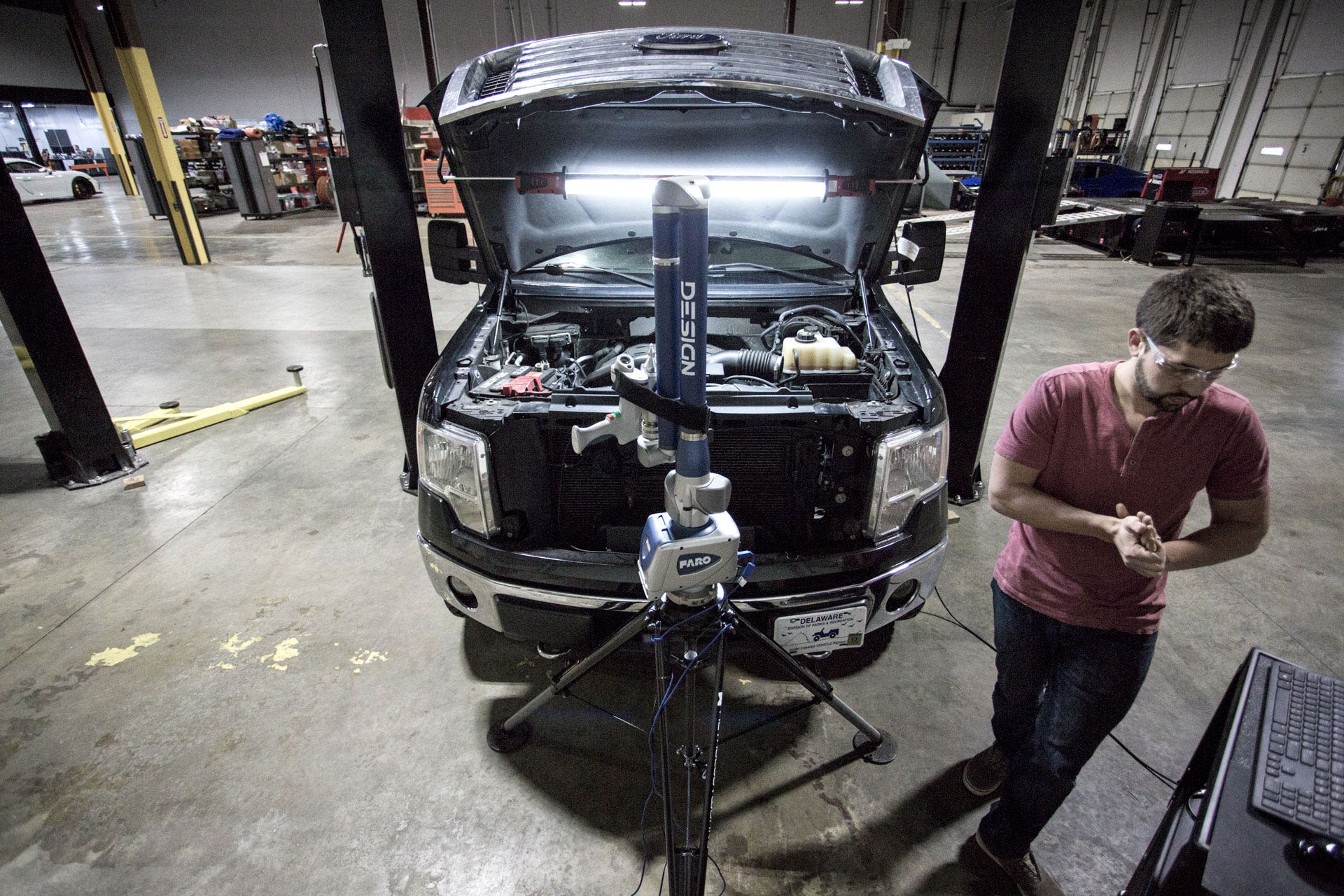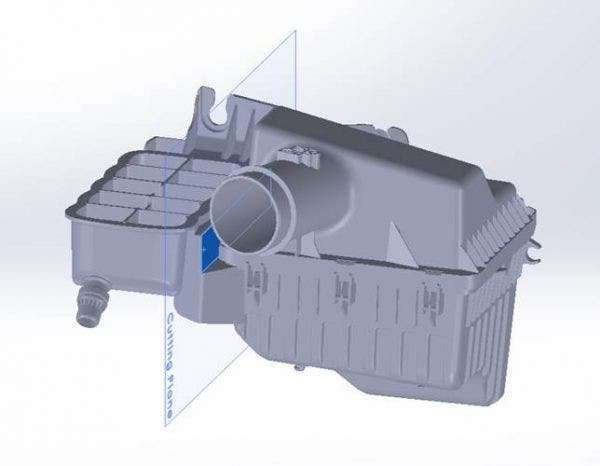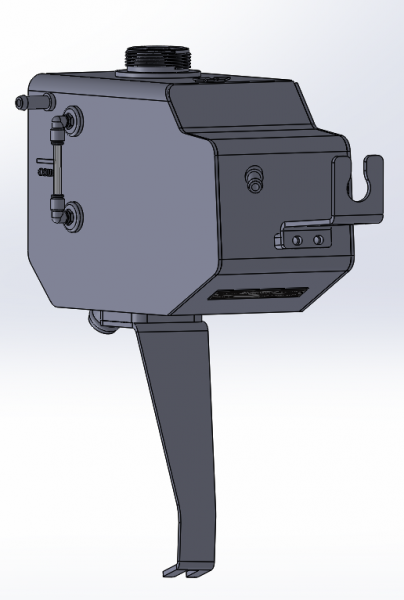
The Achilles' Heel - Aluminum Expansion Tank R&D, Part 2: Design Plans
The Ford F-150 is an exceptional truck; affordable, tough, surprisingly fast and strong enough to effortlessly haul you and your payload over a mountain range. It's so exceptional that as soon as you open the hood, you will probably be disappointed.

The problem of crumbling 2011-2014 F-150 expansion tanks has reached such daunting scale that some owners are on their third tank, and others have started buying spares because there's a good chance that the stock tank will break again.
I imagine this would dull the excitement of owning an F-150; leaving your house in the morning to find that coolant has spilled all over your driveway. Or finding that your driveway is dry, but as soon as you set off, the expansion tank cracks and leaves your coolant strewn out over the next mile, because it knows you have all the time in the world and your boss doesn't care when you get to work.
But your boss does care when you get to work, and your truck needs its coolant. So, we've been working on a replacement for that feeble expansion tank. Our last post looked at the stock expansion tank and some of the reasons it seems to reject the only job it has. This time, we'll share our design and how we're going to keep your coolant in the tank, instead of on your driveway.

The first step in creating any new part is to gather measurements of the original and its home in the engine bay. To do that, Steve broke out the 3D scanner and planted it firmly in front of our volunteer F-150. Steve needed to record three important aspects of the stock tank: the space the stock tank occupies in the engine bay, the tank mounting points, and any components in the same area as the tank that may affect our design. Steve made the first scan with the stock components in place. He then began removing components one by one to reveal the mounting points we would be using for our tank.

Of course, this tank is a little different than any other tank we've worked on. Because the tank is connected to the airbox, Steve had to map the mounting points for both the airbox and our tank. If you haven't guessed by now, we'll be going with a design that requires separating the expansion tank from the airbox. The cut will be made along a seam so you will have a line to follow. This design will keep costs down and allow us to design the best tank we can. To eliminate the leak-prone quick-disconnect and o-ring, the stock fitting will be cut from the hose and replaced with a precision machined hose barb. We will supply a small length of hose to connect the stock hose to our tank for a secure and leak-free fit.

However, this approach meant that Steve had to make sure the airbox and the tank had sturdy mounting points. The airbox was easy enough; it will maintain the two push-in mounting points on the bottom, along with the bolt and grommet on the side of the box.
Our tank required a bit more fabrication. With the expansion tank no longer connected to the airbox, there was nothing to support the bottom of the tank. Luckily Ford provided us with a strut tower directly below the tank that made for a solid mounting point. The top of the tank would utilize the factory mounting grommet on the fender rail for a sturdy but simple install. After scanning everything he needed, Steve began designing the tank.
The design process started as it often does here at Mishimoto, with a 3D model on the computer. Steve took the measurements he had taken from the stock components, layered in the mounting points, then transformed the bulbous tank into a sleek work of art.

These tanks take a long time to make out of aluminum, especially tanks like this with complex curves and facets. So, instead of having our fabricator spend hours bending and welding up aluminum, we chose the route of rapid prototyping to check the fit of Steve's design. For this step of the process, Steve handed the model off to one of our drafters to create a 3D printed prototype. While the prototype was being printed, we measured and bent the brackets.
A few hours later, our bright orange prototype was ready for a test fit.

With the prototype successfully mounted in the truck, we were sure Steve's design fit in the stock location. Both the tank and the airbox were secure; all that's left is to build it out of aluminum.
Thanks for reading,
-Steve




